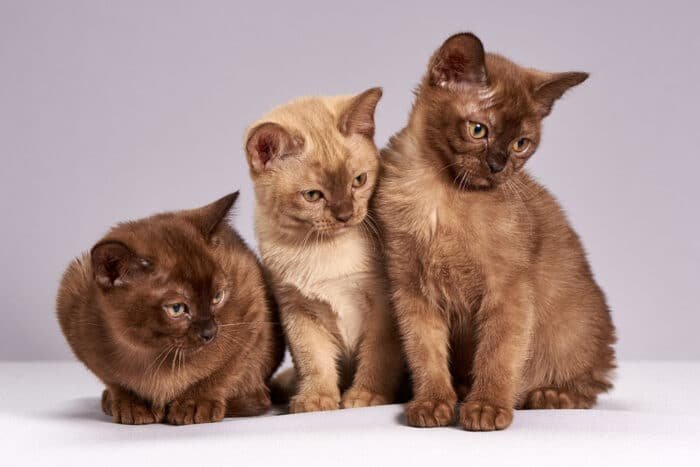Cats have long been cherished as companions, yet they also represent a notable risk to wildlife due to their predatory instincts. Traditionally, spaying and neutering have been the go-to methods for controlling the cat population. But what if a more efficient, non-surgical solution is on the horizon? Enter a groundbreaking gene therapy that could be the answer we’ve all been searching for.
A Breakthrough in Cat Reproductive Management
Published in Nature Communications, a study introduces a pioneering gene therapy that can potentially replace traditional spaying and neutering procedures. Administered through a single injection, this therapy effectively prevents female cats from becoming pregnant, despite mating with fertile males. The treatment focuses on the anti-Müllerian hormone (AMH), essential for the development of fetal sex organs. By injecting a modified virus carrying the AMH gene into feline muscle cells, researchers observed an increase in AMH hormone levels, which led to dormant ovaries and inhibited egg release.
The study tested the therapy on six female cats, separated into two groups with varying doses. An additional three cats served as controls, receiving a placebo injection. While control group cats produced offspring after a single mating session, the treated felines didn’t conceive even after multiple attempts.
 The Need for Non-Surgical Alternatives
The Need for Non-Surgical Alternatives
Spaying and neutering, although effective, come with their own set of challenges. Capturing feral cats to perform these surgeries is often a cumbersome process, as pointed out by the U.S. Department of Agriculture. Previous non-surgical alternatives, like contraceptive vaccines, were not effective enough and sometimes led to adverse effects, according to Julie Levy, a veterinarian at the University of Florida in Gainesville. This makes the new gene therapy a promising avenue in the ongoing search for non-surgical solutions for cat population control.
Gene Therapy: The Future Looks Bright
While the results are encouraging, further investigations are needed to affirm the safety and effectiveness of this gene therapy. Research teams are working to improve the gene and its delivery mechanisms to make it more impactful and affordable. It might take a few years before this becomes a commercially available solution, according to Dr. Bill Swanson, director of animal research at the Cincinnati Zoo & Botanical Garden.
The potential of this gene therapy extends beyond domestic cats. It could revolutionize how we manage feral cat populations and might even be applicable in controlling dog populations.
In a world where over half of the 1.5 billion cats and dogs are homeless, innovations like this could have a far-reaching impact. They not only promise a more humane approach to animal population control but also pose an effective solution for managing feral animals susceptible to diseases and accidents.
As we await more developments in this revolutionary field, the prospect of a future with more efficient and compassionate animal population management offers a glimmer of hope. Together, we can protect both our treasured pets and wildlife, contributing to a healthier and happier planet for all.




